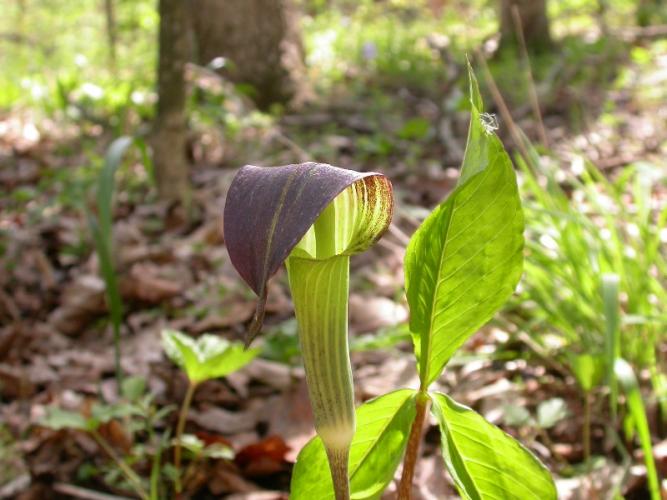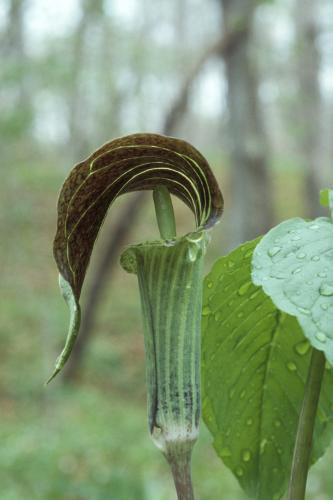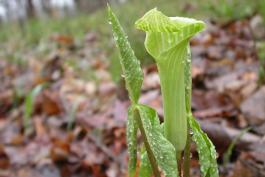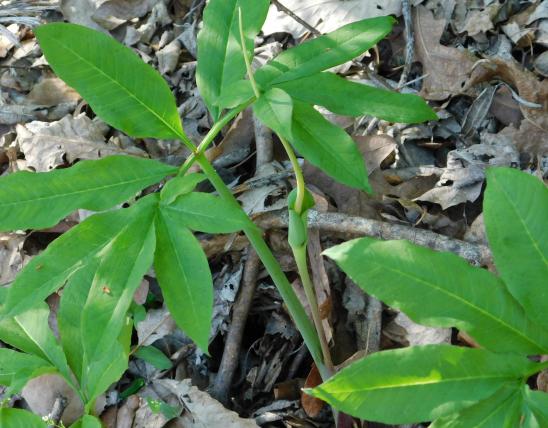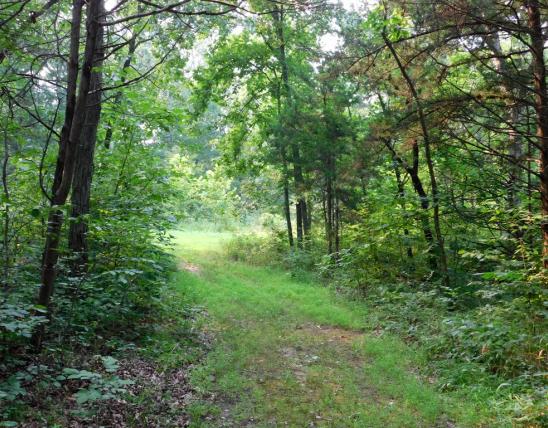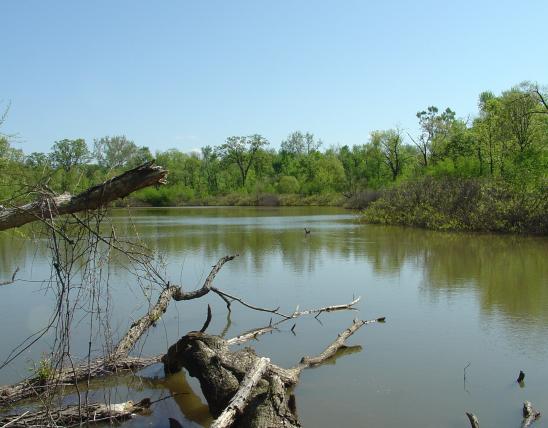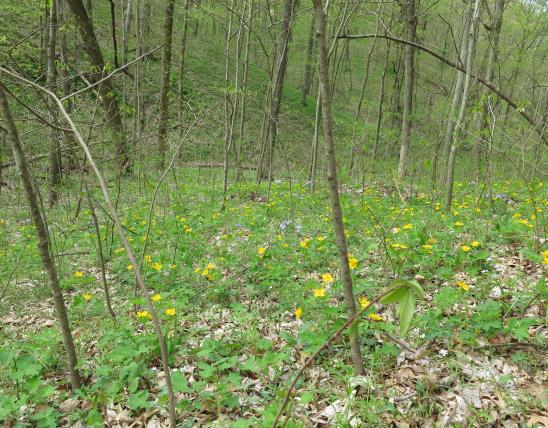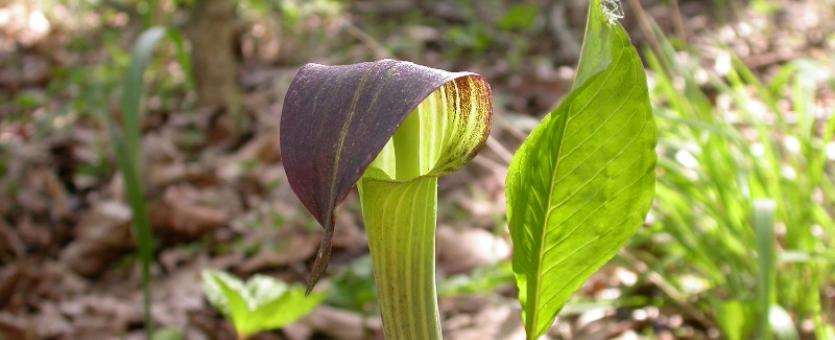
Flowers tiny, on a vertical clublike structure called a spadix. This floral structure is sheltered by a canopylike spathe, a modified leaf that is green with white and brown lengthwise markings. The base of the spathe forms a cylinder around the spadix and is thus the “pulpit.” The tip of the spathe is rather blunt. Blooms April–June. Leaves dull green, on long stems, compound with 3 leaflets, with the side leaflets asymmetrical. Fruits clustered berries that turn from shiny green to brilliant scarlet. Rootstock a starchy corm.
Similar species: Green dragon (A. dracontium) has leaves with 5–15 leaflets, and its spathes are green, wrap tightly around the spadix, and are long-tapering to a pointed tip. The fruits of the two species are identical.
Height: to 2½ feet, but usually about 18 inches.
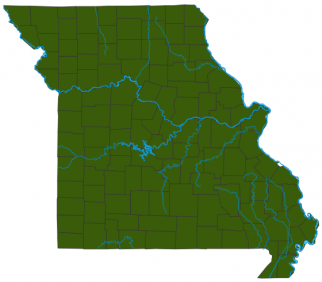
Statewide.
Habitat and Conservation
Occurs in moist upland and bottomland forests and along the bases of moist, protected bluffs. Individual plants can have both male and female flowers, the male above the female, or may have only male or only female flowers. It is reported that the plants can change these characteristics from year to year.
Human Connections
This plant contains poisonous calcium oxalate crystals and can (rarely) cause a skin rash in some people. If it isn't properly prepared, this plant is toxic to eat. Native Americans dried the corms and ground them into a flour; cooking and processing them correctly renders the plant edible. Another name is "Indian turnip."
Ecosystem Connections
The arum family is large, and most of its members are tropical. You probably know elephant ear, calla and peace lilies, and philodendron. They all have the same kind of spathe/spadix floral structures. There are only four aroids in Missouri's flora, and one is an introduced exotic.
